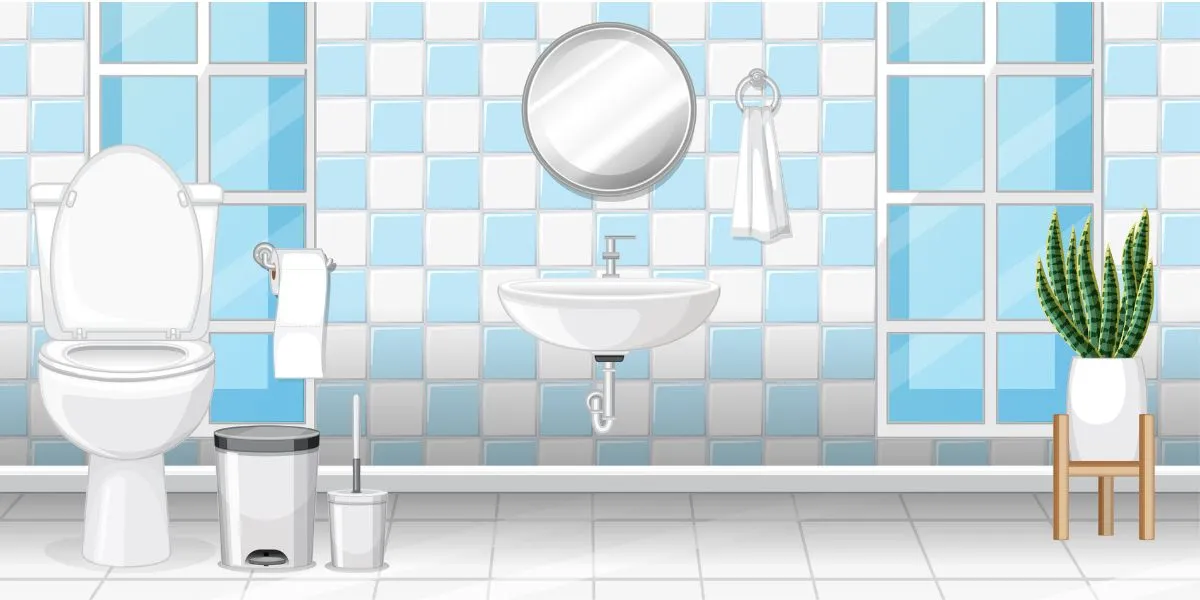A professional tile and grout cleaning service has revitalized your flooring, leaving it gleaming. You may desire the perpetuity of this immaculate state; however, maintaining such pristine conditions demands effort – not in terms of daily heavy scrubbing as one might think. Implement preventive measures and adopt simple Bond Cleaning in Gold Coast, extending the cleanliness of your tile and grout.
What is Grout?
Let us first explore the fundamental nature of grout before delving into its meticulous cleaning process.
A dense fluid mixture composed of cement, water, sand, and occasionally color pigments serves as grout. Its primary function is to establish a solid joint between two tiles; in essence, it seals them together. Grout manifests itself in an array of colors and types: each is meticulously tailored for specific purposes.
-
Sanded Grouts:
We utilize these to fill wider gaps, usually measuring between over 1/8 inch and up to 1 inch. Sanded grouts, characterized by their gritty texture and composed of cement, prove excellent for high-traffic floors; yet, because of their rough surface, they present a cleaning challenge.
-
Unsanded Grouts:
Unsanded grouts, consisting of cement, boast a sleek texture. They fill small gaps typically around 1/16 inch and are commonly employed in wall-tiling projects.
-
Epoxy Grouts:
Epoxy grouts offer superior water resistance to cement grouts, demonstrate exceptional durability, and are more effective at withstanding harsh environments.
You might ask, is cleaning grout truly worth the effort? Yes. There are various reasons to do this task. It helps in improving the elegance of your space.
With regular grout cleaning, you’re extending your tiles’ life and improving the room’s overall appearance. The porous nature of grout tends to attract dirt and grime over time, potentially damaging the tiles as they accumulate on their surface. Instead of investing in costly tile replacements, if you dedicate some time to cleaning these lines, significantly prolonging beauty and integrity will be achievable for your tiled surfaces!
Furthermore, addressing stained grout can significantly improve the space’s aesthetic appeal.
Tools You Need to Clean Grout:
To effectively clean grout, you’ll require the following tools and materials:
- Grout brush or toothbrush with soft bristles
- Spray bottle
- Mold remover
- Vinegar
- Hydrogen peroxide (readily available at pharmacies)
- Steam mop
- Baking soda
- Dish soap
- Water
- Bleach
- Microfiber cloth or rag
- Gloves
Equipped with these tools, you can efficiently tackle grout cleaning tasks and restore the luster of your tiled surfaces.
Efficient Tips for Sparkling Grout and Tiles
To preserve the beauty and longevity of your tiled surfaces, you must master the art of grout cleaning and maintenance. Consider these unique tips to revitalize your grout and tiles; they guarantee a clean, pristine appearance.
-
Spray Hot Water Gently:
Initiate your cleaning process with a gentle hot water spray; apply this mild option by coating the tiled surface and delicately scrubbing the grout lines–using a soft-bristled brush. This approach, marked by its gentleness, effectively removes surface dirt and grime, leaving behind refreshed tiles. However, for more stubborn stains consider investing in a steam cleaner. This not only provides deeper cleaning power but also eliminates the need for harsh chemicals.
-
Use Vinegar and Water Solutions:
Harness the power of natural ingredients with a solution composed equally of vinegar and water to tackle dirt and mold stains; apply this mild vinegar concoction on the grout lines. Ensure it penetrates for at least five minutes before vigorous scrubbing with a stiff brush but dilute your vinegar an action crucial in preventing potential damage to both tile and grout.
-
Baking Soda and Vinegar Paste
Create a dynamic cleaning duo; make a paste of baking soda and water–an effective method for targeting stubborn stains on grout lines. To activate the foamy reaction that breaks down buildup, follow this with equal parts vinegar to warm water spray. Thoroughly scrub the grout lines, then rinse them with refreshing warm water to finish rejuvenating your surfaces.
-
Utilize the magic of Hydrogen Peroxide:
You can combat moderate stains by directly spraying them onto your grout lines and vigorously scrubbing with a bristle brush. For deep cleaning power, mix hydrogen peroxide with baking soda to form an effective paste. To maximize its effectiveness, allow the solution to sit, then rinse with warm water and wipe dry.
-
Steam Clean for Old Stains
Invest in a steam cleaner to simplify the grout cleaning process for tough stains; it is particularly useful in removing hard-to-remove marks without excessive scrubbing. Before you start steaming, sweep or vacuum the floor- this ensures proper preparation by eliminating surface debris. Ad adheres meticulously to the manufacturer’s guidelines to achieve optimal results that leave your grout tiles looking sleek and rejuvenated.
-
Mix Bleach Solutions in Water for Thorough Cleaning
For stubborn grout stains, use bleach solutions as a final option; however, exercise caution improper application may lead to damage and discoloration. Dilute the bleach in water before you spray it onto the stained grout lines. For heightened effectiveness, mix baking soda with bleach to form a thick paste, then apply it directly onto the grout. Scrub thoroughly, rinse with water, and allow it to dry completely.
-
Smartly Remove Mold
Address persistent mold patches with dedicated mold remover sprays; allow these solutions to work their magic for several minutes, then scrub vigorously using a stiff brush. Ensure thorough cleaning: rinse repeatedly with lukewarm water and repeat the process if necessary. As an alternative approach, employ bleach solutions; they serve as highly effective agents in removing mold.
-
Maintaining Grout Proactively:
Preventative measures are key to preserving your grout’s cleanliness and integrity. Refrain from excessive water usage on the grout surfaces to prevent absorption, which may compromise tile durability. Aim for an ideal cleaning schedule of every 4-6 months to ensure ongoing cleanliness of the grout and avert deep-seated stains. For this, you can also contact Best Bond Cleaning Southport to let the professionals get the work done.
-
Employ Caution:
Although potent, bleach can provoke adverse reactions such as discoloration and a reduction in grout strength; therefore, use it sparingly. To alleviate potential damage, ensure exhaustive rinsing after every application of bleach. Before resorting to bleach, particularly for routine maintenance consider employing alternative cleaning methods.
-
Seal Grouts
To extend your grout’s lifespan, you can apply sealers that fill its pores and maintain cleanliness; however, for maximum effectiveness and longevity, ensure the grout is entirely dry before application. Regularly sealing it not only preserves the appearance of your grout but also extends its period of maintaining a new look.




